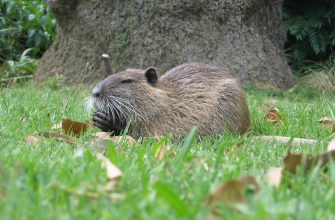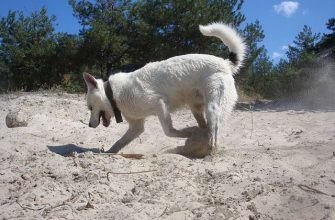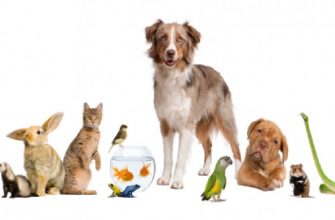A Dwarf winter white Russian hamster (Phodopus sungorus) is a little, fluffy and very cute animal that can give happiness not only in kids, but also in adults. Here are five reasons why this hamster is considered such a popular pet.
- A funny animal that can be hand tamed and trained
The Russian hamster has a funny appearance: a compact rounded body, a short pointy face with little ears sticking out and a thick long coat that almost completely covers its paws. Unlike hamsters of other breeds, the Russian one has a distinctive dark narrow stripe along its back. The standard color is grey-brown, but there are also so-called sapphire species with bluish-grey fur; pearl species – they are almost white hamsters and a tangerine species of sandy-cream color.
Watching these little rodents is always interesting because they lead a very active lifestyle. Sometimes it even seems that the hamster, being in constant motion, never falls asleep.
When a pet gets used to an owner, feels cared for and knows that will never be hurt, it reciprocates, as much as its nature permits, – by showing its love for the owner, by not biting and becoming hand-tamed.
Russian hamsters have fairly high intelligence. They can even be trained to perform some commands and often achieve amazing success. But because of their restless nature and innate shyness, the training process requires quite a lot of patience.
- Does not require a lot of space
The Russian hamster is a tiny sized – it is no more than 10 cm long and weighs only 40-60 g. Therefore, it is an ideally pet for those who live in small houses or apartments.
These animals really only need a few centimeters to live in. A cage of 30×50 cm would be a perfect housing for the Russian hamster and will easy fit anywhere, for example, on a desk or table.
This animal leads a solitary lifestyle in the wild. Therefore, if it is not a question of breeding, it is perfectly fine to keep only one hamster as a pet.
- Low maintenance and easy to clean up
Choosing the Russian hamster as a pet, many owners are guided not only by its kind and cheerful character, but also by the fact that this type of animal is very clean and almost odorless.
Hamster maintenance mainly involves keeping its cage clean. This is a duty that even a child can cope with. These animals do not relieve themselves all over their cages, but usually choose one corner of a cage to be their bathroom. That’s why tidying up a hamster’s bathroom area is best done daily, while changing the bedding in whole cage is best done every two weeks.
When the bedding is changed completely, it’s recommended to leave a small amount of the used bedding so that the pet does not experience severe stress. And some stuff from a hamster house inside the cage should be left on the spot for the same reason.
When cleaning the cage, keep in mind that hamsters create little caches of food and can be very wary about its food supplies. Therefore, only spoiled food should be thrown out without cleaning the entire pantry of the hamster.
Once a month it is necessary to wash the cage and all the accessories, using household soap.
The Russian hamster takes care of its fur on its own, so the pet does not need to be cleaned, much less washed. If the hamster has heavy soiling, sand baths will help the pet to manage this problem. For this purpose, special fine sand is poured into a container and placed in a rodent cage. This procedure gives the pet a great pleasure and it can be quite fun for the pet owner to watch.
- Helps to teach kids responsibility
The presence of any pet at home disciplines a child. When dealing with such a little defenseless animal as the dwarf winter white Russian hamster, the child quickly understands that this creature cannot be left without food and care. This could involve some sacrifices in the child’s other free-time activities. This all contributes to a strong sense of responsibility in the child; the need not only to accept care, but also to give it. The hamster becomes an effective “inoculation” against selfishness, especially if the child has no younger brothers or sisters.
According to psychologists, people who had pets in their childhood are more inclined to empathy, tolerance for other people’s opinions and self-control.
- An inexpensive pet
Buying the Russian hamster itself is an insignificant investment. Pet stores usually sell them for around $15. The largest one-time expense will simply be a cage.
Monthly expenses include mainly food and bedding and they are relatively cheap.
Other supplies and items to care for a happy hamster like food dish and water bottle, chew toys and treats, exercise wheel and tunnels, and sand for bathing will also be far less than the overall expense of owning a cat or a dog.
As with owning any pet, an owner needs to be prepared for unforeseen costs such as vet bills if the hamster ever becomes sick. However, this is nothing compared to the amount of happiness that the hamster brings to its owners.
A dwarf winter white Russian hamster makes a great pet. It would be an ideal animal as a first pet for a child to experience how to own a furry friend.
The hamster is an affectionate and entertaining companion which does not require a special diet and complicated care, and keeping this pocket-sized pet will not be expensive. At the same time, such a charming pet can bring a lot of joy to young and old alike.







